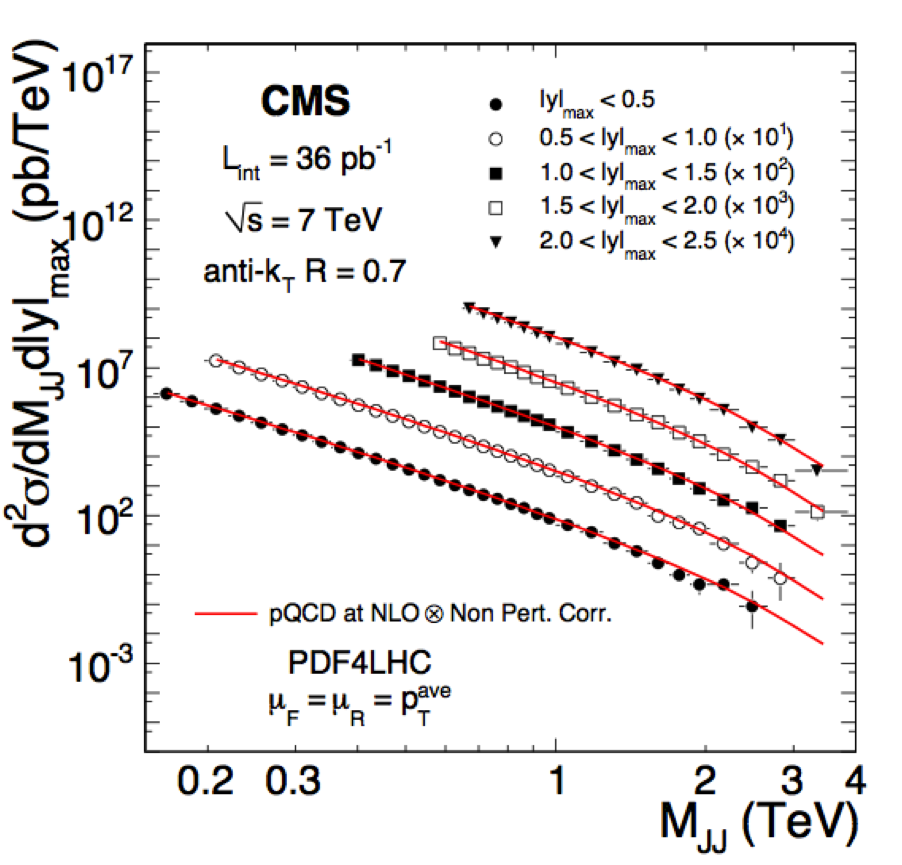
We are living in perhaps the most exciting times of the past few decades in High Energy Physics: searching for the Higgs boson, as well as expected and unexpected new physics with one of the most elaborate accelerators ever built, and with complex experimental devices that took more than a decade to be designed, constructed, tested and finally assembled and operated by thousands of physicists from all over the world.
In order for these endeavours to be successful, we have to prove that we understand both the accelerator and the experimental apparatus. We have to check carefully and with great precision if the physics we already know is accurately reproduced and measured. We have to understand the methods we use in searches for new physics. We have to tune our simulations in this new and unexplored energy regime so that “unexpected behaviours” not due to new physics, but due to any incomplete modelling on our part don’t fool us.
This led CMS to study, analyse and measure a quantum chromodynamics (QCD) process, which leads to the production of two energetic jets of particles. Two high-transverse-momentum jets (di-jets) arise in proton–proton collisions from the interaction of partons (quarks and gluons) inside the protons, where the outgoing scattered partons form hadronic jets. The di-jet production rate as a function of di-jet mass can be precisely calculated. We can, therefore, directly compare the prediction from our theory to the observations with our data at energies that have never been explored before. Of course, as with any physics analysis, this “simple” comparison requires a lot of work for many months in order to understand which triggers to use, their efficiencies, details of calculations and corrections, uncertainties in the data and many other small details.
After this, and detailed scrutiny from the QCD group, the Analysis Review Committee and the entire collaboration, the paper was sent to and published in Physics Letters B. The analysis was able to show that the data are in good agreement with the theoretical prediction, showing that QCD accurately describes the parton–parton interaction in this kinematic region.
The “kinematic region” in question includes the di-jet invariant mass region of 0.2 to 3.5 TeV up to a maximum jet rapidity region of ±2.5.
Submitted by: Niki Saoulidou and Bora Isildak
- Log in to post comments

